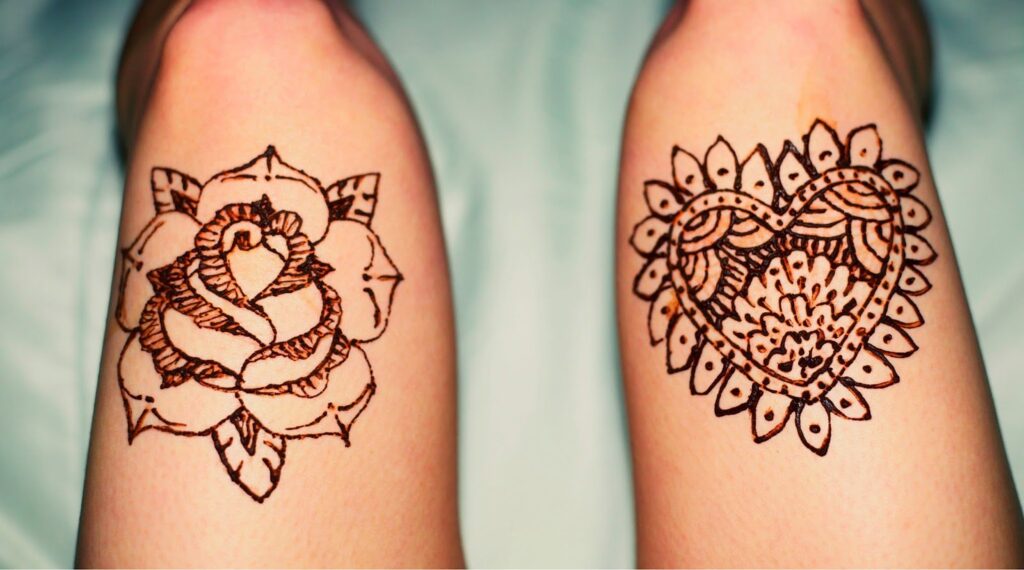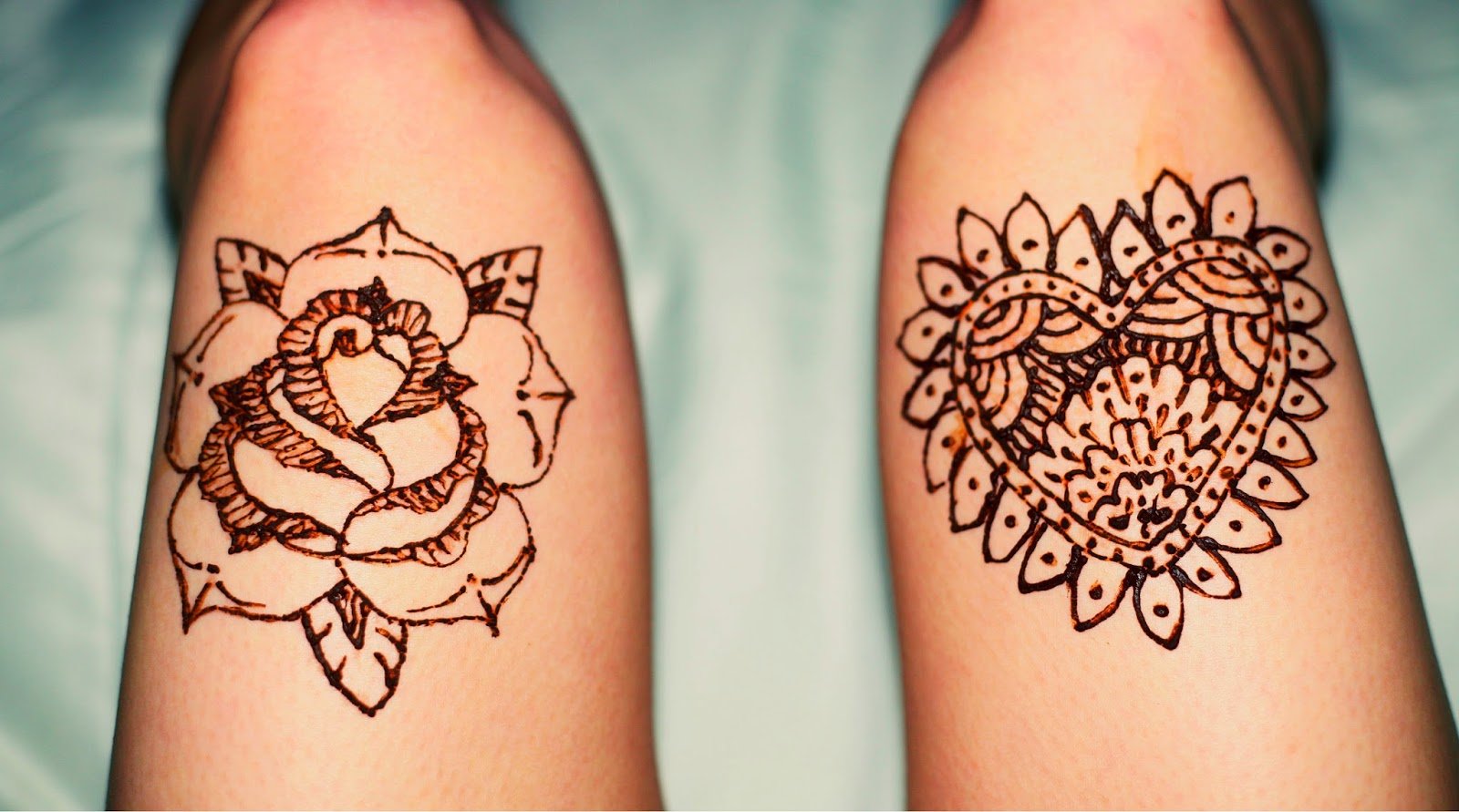
Bold Statements: Exploring Male Henna Tattoo Designs for Modern Men
Henna, traditionally associated with female adornment, is increasingly embraced by men seeking unique and temporary body art. Male henna tattoo designs offer a compelling way to express individuality, celebrate cultural heritage, or simply experiment with different aesthetics without the commitment of permanent ink. This article explores the world of male henna tattoo designs, providing inspiration, guidance, and insights into the rich history and contemporary applications of this ancient art form.
The Allure of Henna for Men
While henna has deep roots in cultural traditions, its appeal transcends gender. For men, male henna tattoo designs provide several attractive benefits:
- Temporary Expression: Henna offers a non-permanent way to explore different designs and placements before committing to a permanent tattoo.
- Cultural Significance: Henna can connect men to their cultural heritage, particularly in South Asia, the Middle East, and Africa.
- Unique Aesthetics: The earthy tones and intricate patterns of henna create a distinctive and eye-catching look.
- Celebratory Art: Henna is often used to mark special occasions, such as weddings, festivals, and personal milestones.
- Personal Empowerment: Choosing a meaningful design and adorning the body with it can be a powerful act of self-expression.
Popular Male Henna Tattoo Design Themes
The possibilities for male henna tattoo designs are virtually limitless. However, certain themes and motifs resonate particularly well with men:
Geometric Patterns
Clean lines, bold shapes, and symmetrical arrangements create a masculine and modern aesthetic. Geometric patterns can be simple or complex, abstract or representational.
Tribal Motifs
Drawing inspiration from various tribal cultures around the world, these designs often incorporate strong lines, symbolic imagery, and a sense of primal power. These male henna tattoo designs are popular for upper arm and chest placements.
Animal Representations
Animals, such as lions, eagles, wolves, and dragons, symbolize strength, courage, and wisdom. These designs can be highly detailed or stylized, depending on personal preference.
Nature-Inspired Designs
Leaves, vines, trees, and mountains offer a connection to the natural world. These designs can be delicate and intricate or bold and graphic. Many male henna tattoo designs use elements such as the sun and moon.
Abstract Art
Abstract designs allow for complete creative freedom, expressing emotions and ideas through non-representational forms. This is a great way to get male henna tattoo designs that are more personal and unique.
Calligraphy and Script
Words, phrases, or quotes written in elegant calligraphy can hold personal meaning and add a touch of sophistication. Arabic and Sanskrit scripts are particularly popular.
Placement Ideas for Male Henna Tattoos
The placement of a henna tattoo can significantly impact its overall effect. Consider these popular options for men:
Arms and Shoulders
These areas provide ample space for larger, more intricate designs. Bicep bands, shoulder caps, and full-sleeve designs are all popular choices.
Chest and Back
These areas allow for bold and dramatic statements. Chest pieces can be symmetrical or asymmetrical, while back designs can cover the entire expanse of the back or focus on specific areas, like the upper back or spine.
Hands and Fingers
Smaller, more delicate designs can be applied to the hands and fingers. Geometric patterns, tribal motifs, and simple symbols work well in these areas.
Feet and Ankles
These areas offer a discreet and stylish option for those who prefer a more subtle look. Ankle bracelets and foot designs are popular choices. These male henna tattoo designs are best for the warmer months, when more skin is exposed.
Neck
Increasingly popular, male henna tattoo designs on the neck can be a bold statement. Designs here are usually smaller and more impactful.
Choosing the Right Henna Artist
Selecting a skilled and experienced henna artist is crucial for achieving the desired results. Look for an artist who:
- Uses natural henna paste: Avoid artists who use black henna, as it contains harmful chemicals that can cause severe skin reactions.
- Has a portfolio of their work: Review their previous designs to ensure their style aligns with your preferences.
- Maintains a clean and hygienic workspace: This is essential for preventing infections.
- Is knowledgeable about henna traditions and symbolism: This can help you choose a design that is culturally appropriate and meaningful.
- Is willing to collaborate with you on a custom design: A good artist will be able to bring your vision to life.
Caring for Your Henna Tattoo
Proper aftercare is essential for ensuring the longevity and vibrancy of your henna tattoo:
- Keep the paste on for as long as possible: Ideally, leave the paste on for at least two hours, or even overnight.
- Avoid washing the area immediately after removing the paste: Wait at least a few hours before washing.
- Moisturize the area regularly: Use a natural oil, such as coconut oil or olive oil, to keep the skin hydrated.
- Avoid harsh soaps and detergents: These can fade the henna stain.
- Protect the tattoo from excessive sun exposure: Sunscreen can help prevent fading.
The Cultural Significance of Henna
Henna has a rich and diverse history, dating back thousands of years. It has been used for various purposes, including:
- Body adornment: Henna has been used to decorate the body for celebrations, rituals, and everyday life.
- Medicinal purposes: Henna has been used to treat skin conditions, heal wounds, and relieve pain.
- Spiritual practices: Henna has been used in religious ceremonies and spiritual rituals.
- Textile dyeing: Henna has been used to dye fabrics and yarns.
When choosing a male henna tattoo design, it’s important to be mindful of the cultural significance of the symbols and motifs you select. Research the origins and meanings of different designs to ensure they are appropriate and respectful.
Modern Interpretations and Fusion Designs
While traditional henna designs remain popular, contemporary artists are also exploring new and innovative approaches. Fusion designs combine henna with other art forms, such as:
- Watercolor effects: Creating soft, blended colors with henna paste.
- Geometric abstraction: Incorporating modern geometric shapes and patterns.
- 3D effects: Using henna to create raised, textured designs.
- Metallic accents: Adding gold or silver shimmer to henna designs.
These modern interpretations offer a fresh and exciting take on traditional henna art, allowing men to express their individuality in unique and creative ways.
Henna as a Statement of Identity
For men, male henna tattoo designs can be more than just decorative art; they can be a statement of identity. Whether you’re celebrating your cultural heritage, expressing your personal style, or simply experimenting with different aesthetics, henna offers a powerful and versatile medium for self-expression. By carefully choosing a design that resonates with your values and beliefs, you can create a meaningful and lasting impression.
Conclusion: Embracing the Art of Male Henna Tattoos
Male henna tattoo designs are a testament to the evolving landscape of body art. As men increasingly embrace self-expression and cultural appreciation, henna offers a unique and temporary way to explore different identities and aesthetics. Whether you opt for a traditional motif or a modern interpretation, a henna tattoo can be a powerful statement of individuality and personal style. By understanding the history, symbolism, and proper aftercare techniques, you can ensure a positive and enriching experience with this ancient art form. So, embrace the art, express yourself, and discover the beauty of male henna tattoo designs. [See also: Temporary Tattoo Ideas for Men] [See also: Best Tattoo Placement for Men] [See also: Minimalist Tattoo Designs]

